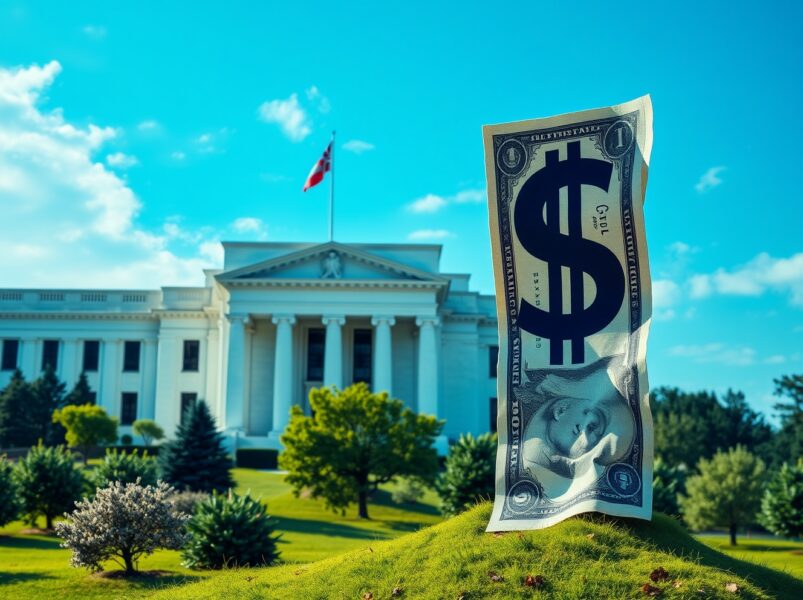Americans add $16B in consumer credit, total reaches $5.06T
U.S. consumer credit surged by $16 billion last month, pushing the total debt level to $5.06 trillion, which is the third-highest in history and the second-biggest monthly increase of 2025, according to Federal Reserve data released Tuesday.
In July, the debt increased by $9.6 billion, and over the last five months alone, credit has surged by $103 billion.
Revolving credit, which includes credit card balances, jumped by $10 billion, lifting the total to $1.31 trillion, its highest level since November 2024. Meanwhile, non-revolving credit like student loans and auto financing increased by $6 billion, pushing that total to an all-time high of $3.75 trillion. Every piece of the puzzle is getting heavier.
Americans are missing minimum payments and juggling debt in Trump’s second term
The stress from this rising debt is hitting people across income brackets. In the second quarter, credit card debt stood at $1.21 trillion, unchanged from last year’s record, but now 2.3% higher than Q1.
A set of surveys by the National Foundation for Credit Counseling (NFCC) showed that debt problems aren’t just tied to income anymore. Mike Croxson, CEO of the NFCC, said:
The survey of 2,010 adults in April was updated in August with a new batch of 2,089 responses. Between those two surveys, some troubling trends popped up. The share of Americans who paid less than their minimum credit card payment in the last six months jumped from 8% in April to 13% in August.
More borrowers are also shuffling debt, transferring balances from card to card or turning them into personal loans. The share of people who consolidated their card debt into personal loans doubled, rising from 4% to 8% between the two surveys.
In the August results, 30% of high-income earners said they were more worried about unexpected costs, while 20% were now more anxious about staying current on their debt.
Around 15% of people buying or leasing a new vehicle have a payment of more than $1,000 a month, according to a new Experian report. The average monthly payment for a new auto loan is $749.
Late payments spike as Fed prepares for rate cuts
Behind all the worries are real delinquencies. The CreditGauge report from July, published by VantageScore, showed that the number of borrowers over 90 days late has gone up across all credit score tiers, including those with the best credit.
Even with rising defaults, traders are pricing in up to three 25-basis-point rate cuts from the Fed by the end of 2025. Shorter-maturity U.S. Treasuries have surged, beating all other major bond markets this year. Bloomberg indexes show U.S. government debt returned 5.8%, topping the list among the 15 biggest debt markets globally.
The rally has pushed the extra yield on Treasuries versus global bonds to a three-year low. Weakness in the dollar helped boost the value of foreign assets, but even when removing currency effects, Treasuries still outperformed.
Outside the U.S., other countries are facing their own mess. France is dealing with rising deficits, Japan is stuck in hawkish mode, and China’s stock market keeps climbing. Meanwhile, U.S. two-year yields dropped a basis point to 3.52%, and 10-year yields held steady at 4.04%.
Earlier this year, analysts were sounding alarms over U.S. deficits above 6% of GDP, along with Donald Trump’s tariffs and his shots at Fed Chair Jerome Powell, which raised concerns about central bank independence. Now those fears have taken a back seat.
Markets briefly expected a 50 bps cut after weak payroll data dropped earlier this month. Traders are watching closely as the Fed meets on Wednesday, with most expecting the first cut to come then.
Year to date, 10-year Treasury yields in the U.S. have dropped about 50 basis points. In contrast, China’s equivalent yield has risen 20, France’s is up nearly 30, and Japan’s has jumped by close to 50 basis points.
Don’t just read crypto news. Understand it. Subscribe to our newsletter. It's free.
You May Also Like

White House Digital Asset Policy Advisor: The United States is working on building infrastructure for strategic Bitcoin reserves

Circle Invests in Hyperliquid and Launches Native USDC Integration
